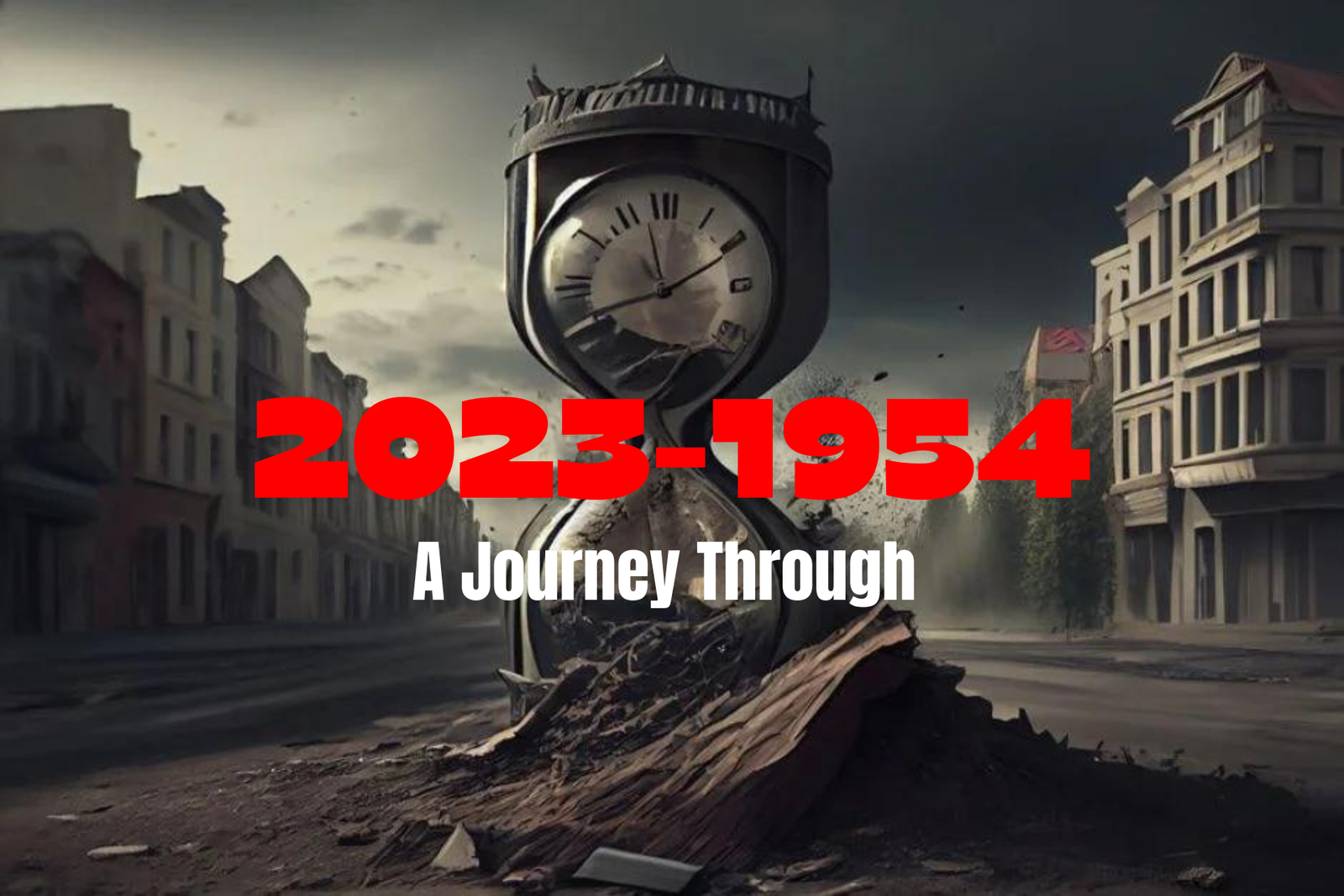The span from 1954 to 2023 encompasses nearly seven decades of remarkable transformation. This period has witnessed groundbreaking advancements in technology, significant shifts in culture and society, and pivotal political changes. Understanding these evolutions provides insight into how our present world was shaped and offers a glimpse into the potential future.
Technological Advancements
The Dawn of the Digital Age
In 1954, technology was in its infancy. The first commercial computers, like the IBM 704, were cumbersome and costly, accessible only to large corporations and government entities. Fast forward to 2023, and technology is an integral part of everyday life. The advent of the internet in the late 20th century revolutionized communication and information sharing, with the World Wide Web emerging in 1991.
By the 21st century, mobile technology further transformed how we connect, culminating in the smartphone era. Devices like the iPhone, introduced in 2007, condensed the power of computing into the palm of our hands. In 2023, we see the proliferation of artificial intelligence, the Internet of Things (IoT), and advancements in quantum computing, pushing the boundaries of what technology can achieve.
Medical Breakthroughs
Medical science has also seen extraordinary progress. In 1954, the first successful kidney transplant marked a new era in organ transplantation. Over the years, innovations such as MRI, CT scans, and minimally invasive surgical techniques have improved diagnostic and treatment capabilities. By 2023, we have witnessed the development of CRISPR technology, enabling precise gene editing, and mRNA vaccines, pivotal in combating the COVID-19 pandemic.
Cultural Shifts
The Rise of the Counterculture
The cultural landscape of 1954 was characterized by conformity and traditional values. However, the 1960s ushered in the counterculture movement, challenging established norms and advocating for civil rights, environmentalism, and anti-war sentiments. This period saw the emergence of influential figures such as Martin Luther King Jr., who championed the Civil Rights Movement, and musicians like Bob Dylan, whose songs became anthems of change.
The Digital Revolution and Social Media
The late 20th and early 21st centuries experienced a cultural shift driven by the digital revolution. The rise of social media platforms like Facebook (2004), Twitter (2006), and Instagram (2010) transformed how people interact, share information, and shape public opinion. By 2023, social media had become a powerful tool for social activism, enabling movements such as #MeToo and Black Lives Matter to gain global traction and foster societal change.
Political Landscape
Cold War Tensions
The mid-20th century was dominated by the Cold War, a period of geopolitical tension between the United States and the Soviet Union. Events like the Cuban Missile Crisis in 1962 brought the world to the brink of nuclear conflict. However, the dissolution of the Soviet Union in 1991 marked the end of the Cold War, leading to a new era of global politics.
Globalization and Political Polarization
The post-Cold War era saw increased globalization, fostering economic interdependence and cultural exchange. However, the 21st century also brought about significant political polarization. In the United States, for instance, the political landscape became increasingly divided, exemplified by contentious elections and differing views on issues such as immigration, healthcare, and climate change.
Societal Changes
Civil Rights and Social Justice
The fight for civil rights, which gained momentum in the 1960s, continued to evolve over the decades. Landmark legislations like the Civil Rights Act of 1964 and the Voting Rights Act of 1965 were significant milestones. The 21st century has seen ongoing efforts towards equality, with movements advocating for LGBTQ+ rights, gender equality, and racial justice gaining prominence.
Environmental Awareness
Environmental awareness has grown significantly since 1954. The publication of Rachel Carson’s “Silent Spring” in 1962 highlighted the dangers of pesticides, sparking the modern environmental movement. This led to the establishment of Earth Day in 1970 and the formation of organizations like the Environmental Protection Agency (EPA). By 2023, climate change had become a critical global issue, with international efforts like the Paris Agreement aiming to mitigate its impact.
Conclusion
The journey from 1954 to 2023 is a testament to human ingenuity and resilience. The technological advancements have transformed how we live, work, and communicate, while cultural shifts have redefined societal norms and values. Political changes have shaped global relations, and societal progress continues to strive for equality and justice. As we move forward, understanding this evolution helps us navigate the challenges and opportunities of the future, ensuring that we continue to build a world that reflects our highest aspirations.
